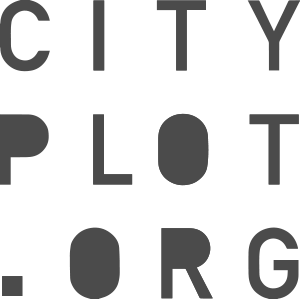REDUCE WASTE BY RECYCLING AND COMPOSTING
In nature, there is no waste: the output or byproduct of one species is food for another. For example, the leaves shed by trees feed the soil’s living organisms. You can also start to close your personal waste loop by composting your organic waste, reducing what you send to the landfill or incinerator, and finding ways to put what you don’t need to good use.
Compost your organic waste
Composting is the simplest way to convert your organic waste back into the fertile soil that plants thrive on. You can easily compost your kitchen scraps (fruit and vegetable peels, coffee grounds, tea bags and so forth) at home or within your community.
GET ACTIVE!
Cityplot gives workshops that teach you how compost at home or in your garden and provide you with the tools.
Check out the Wormenhotel community compost project.
Bring your organic kitchen waste to other projects in your neighbourhood for composting. For example, I can change the world with my two hands in Amsterdam West will accept your kitchen waste.
Separate your trash
There is no need to incinerate precious resources, either at work or at home. Paper, plastic, glass and textile are easy to recycle, and there are containers in every neighbourhood. Waste separation also gives us a sense of how much and what kind of waste we generate.
Paper, for instance, can be recycled up to seven times. We only have to put clean and dry paper in the right bins to make it easier to recycle. And plastic can be recycled endlessly, although at the moment there is not enough of this happening. Residents in Amsterdam can learn more about recycling opportunities in their ‘buurt’ via amsterdam.nl.
Reduce food waste
While on the one hand we worry that there is not enough land or water to keep producing food to feed the growing global human population, on the other hand we waste more than one-third of all the food we produce. Food waste occurs on farms, in supermarkets, in cafeterias and restaurants, and in our own homes. If we could divert this wasted food to the people who need it we could solve the problem of world hunger and malnutrition immediately! One inspiring example is Waste Transformer in Amsterdam’s Westerpark, which converts the organic waste of ten restaurants, two theatres, a micro-brewery and several creative industries.
How to get started: Several cities have their own apps and initiatives targeted at reducing food waste.
educate yourself
Learn how to reduce your own food waste at home. Here is a good link to get you started.
GET ACTIVE!
Reduce food waste in your school or work cafeteria. Talk to your peers about what you can collectively do to reduce the amount of perfectly edible food going to the dumpster.
The Too Good to Go app helps direct excess food from restaurants to consumers.
In Amsterdam, Taste Before You Waste is run by volunteers who pick up vegetables that would be dumped and prepare delicious and nutritious meals every week. Robin Food is a collective that also uses wasted food for their organic and vegetarian meals. And Instock also cooks with rescued food.



